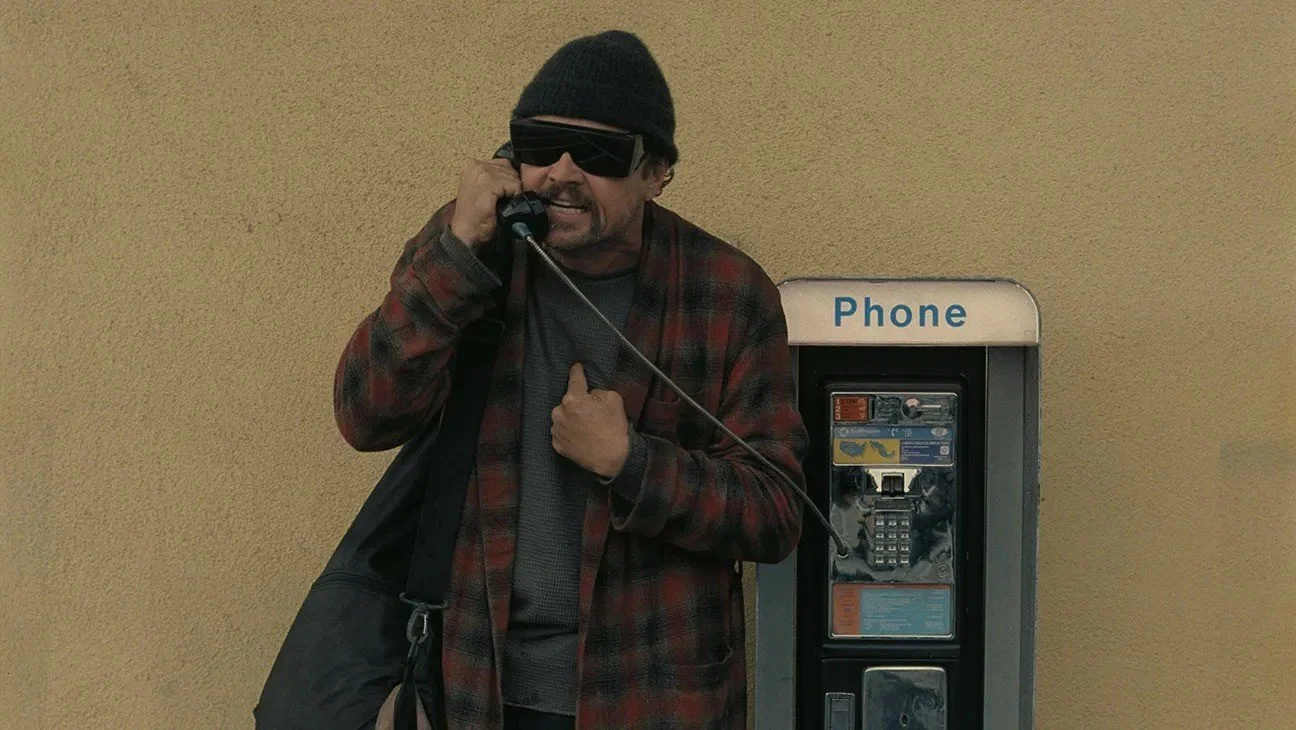Review: The Vast of Night (2019)
The first 40-odd minutes of the sci-fi indie The Vast of Night features some of the best filmmaking I’ve seen all year. The rest of the film is a standard riff on science-fiction radio plays from the 1950s and Close Encounters of the Third Kind, which isn’t a bad thing per se, but slightly disappointing after the immense promise of the opening. That being said, when taken as a complete 89-minute package, The Vast of Night is still an impressive indie debut with a noteworthy approach to visuals and setting.
Andrew Patterson’s debut feature follows two teenagers who pick up a mysterious radio signal in a small New Mexico town in the 1950s. Everett (Jake Horowitz) is a local radio DJ. Fay (Sierra McCormick) is his younger friend who has an interest in electronics and covers shifts for her mom at the telephone switchboard. The scale of the film is intimate (miniscule even) and the dramatic moments are almost entirely verbal—befitting a radio play or podcast as much as a film—which makes sense considering the low budget. But you wouldn’t think the film is low budget from the visual elegance and sophisticated production design of the opening moments.
After an initial framing device that visually introduces the film as an episode of a Twilight Zone-like television program, we enter the town of Cayuga and meet Everett and Fay at the gym where the high school basketball team is about to play. Everett is there to fix some wires that are on the fritz and Fay gets him to help test her new tape recorder. They get it up and running, interviewing random townsfolk gathering for the game, before parting ways. He heads to the radio station to spin records while she heads to the switchboard to take over for her mother.
This opening bit lasts around 20 minutes and completely eschews conventional set-up. We meet the characters in the midst of action, interacting with others and chatting up a storm. The dialogue not only works in 1950s slang, but moves at the pace of a Howard Hawks film. Patterson’s camera follows the characters in and around the gym from a low-angle, roving around them and visualizing the momentum of their conversation.
Without ever tipping its hand or using conventional storytelling approaches, the film seamlessly introduces us to this time period and allows us to understand the characters. But Patterson never plays his hand with exposition or announces character motivations. Everything plays out naturally as Everett and Fay mingle with other townsfolk and banter with each other. Every essential bit of information is communicated through the stunning mise-en-scene. It’s invigorating.
I could have watched an entire film of Everett and Fay keeping up their banter and testing her recorder, but Patterson and his co-writer, Craig W. Sanger, have other things in mind. At the switchboard Fay notices a bizarre noise and calls Everett between songs to ask whether he’s ever heard it before. He hasn’t, but decides to play it live over the air and open it up to his listeners. A listener called Billy (Bruce Davis) eventually calls in and tells him he’s heard such a sound before. The characters listen to his story and the mystery deepens.
During Billy’s call and later moments in the film, the visual approach to storytelling slows down. Stuck in the radio station, the film zeroes in on the faces of the heroes and patiently listens to Billy’s story. The screen even cuts to black at points to leave us with nothing but Billy’s interesting words. Afterwards, Everett and Fay grow more curious and head out to investigate, leaving the radio station and switchboard behind.
By this point, the film has tilted into nostalgic territory, with the characters following a conventional line of inquiry into the possibly-extraterrestrial origin of the sound. In a sense, this film plays with radio like J.J. Abrams’ Super 8 plays with filmmaking. The comparison is inevitable because both films are basking in the glow of Steven Spielberg’s Close Encounters of the Third Kind. If you’ve seen Spielberg’s film or even Abrams’ imitation, you know where The Vast of Night ends up.
But that inevitability doesn’t undo what a joy it is to watch the early scenes of the film and thrill at the filmmaking confidence of Andrew Patterson and his collaborators. The actors are excellent too, playing to the necessary pace of any scene. They’re quick and witty in the dialogue-heavy opening, patient in the quiet moments, and never anything less than convincing.
The Vast of Night is half a great film. The ending cannot sustain the potential of the opening and once the narrative kicks in, it’s predictable, even if it’s intriguing to anyone with an interest in UFOs like myself. But the film undeniably leaves me wanting more, which means that I can’t wait to see what Patterson does next.
7 out of 10
The Vast of Night (2019, USA)
Directed by Andrew Patterson; written by Andrew Patterson (credited as James Montague) and Craig W. Sanger; starring Sierra McCormick, Jake Horowitz, Gail Cronauer, Bruce Davis.



Ben Leonberg’s Good Boy succeeds entirely due to its novel concept and the very good dog at its centre.